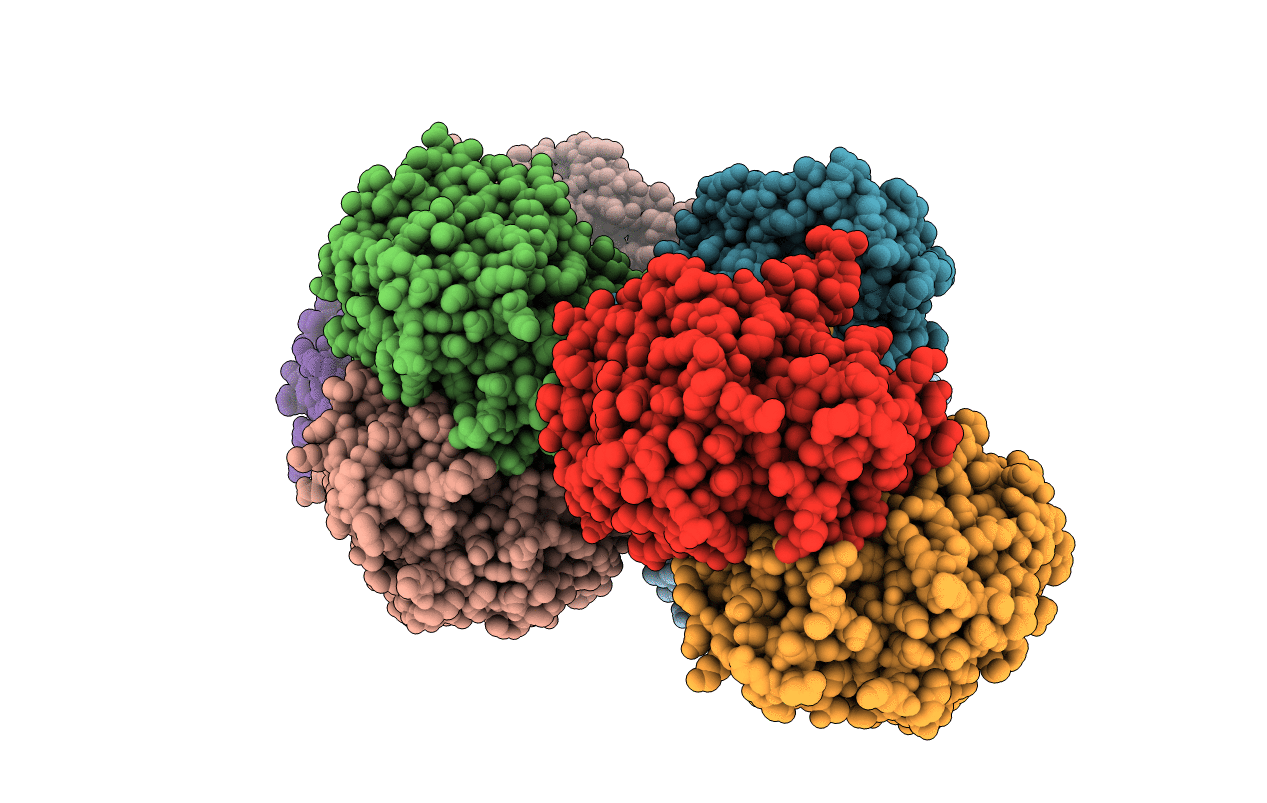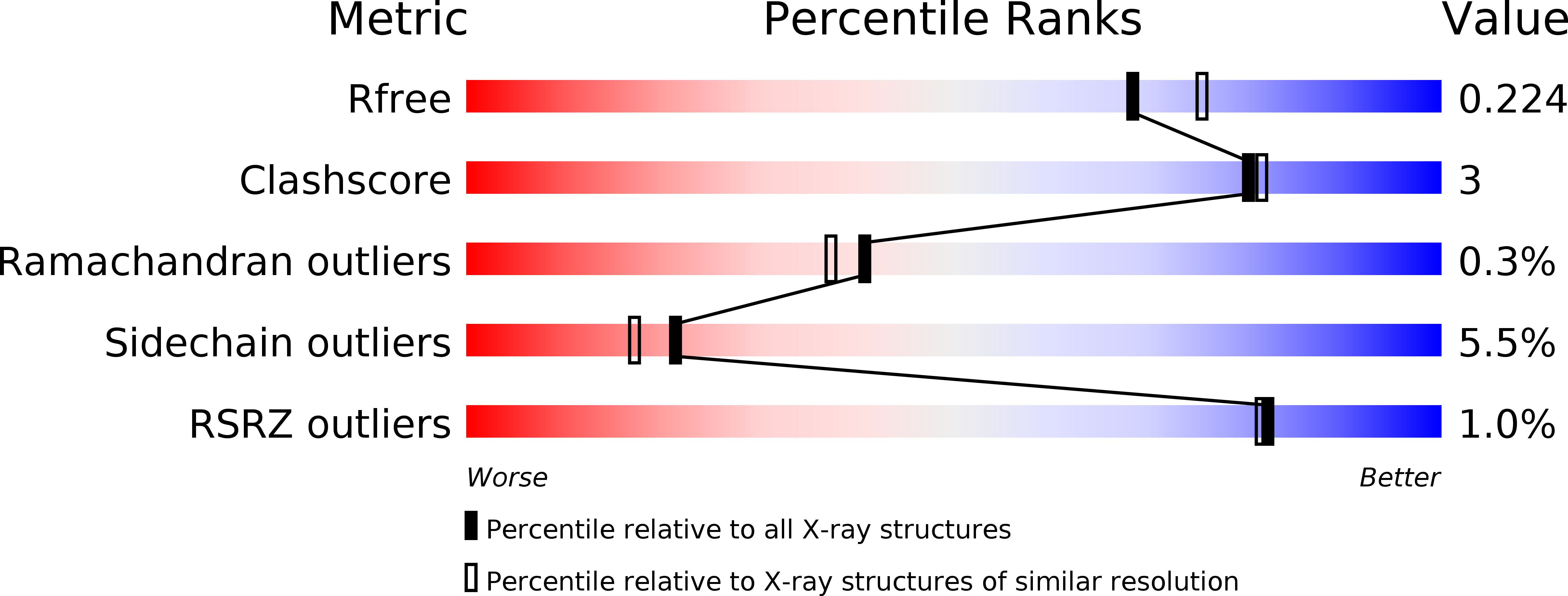
Deposition Date
2014-01-02
Release Date
2014-12-17
Last Version Date
2024-03-20
Entry Detail
PDB ID:
4O9C
Keywords:
Title:
Crystal structure of Beta-ketothiolase (PhaA) from Ralstonia eutropha H16
Biological Source:
Source Organism:
Ralstonia eutropha (Taxon ID: 381666)
Host Organism:
Method Details:
Experimental Method:
Resolution:
2.00 Å
R-Value Free:
0.21
R-Value Work:
0.17
R-Value Observed:
0.17
Space Group:
P 1 21 1


